Scientists went into the epidemic area in the American West to trap the virus, culture it dozens of times and modify the semi-finished product to create the measles vaccine.
In January 1954, measles broke out at Fay, a historic boys’ boarding school in Southborough, Massachusetts. A young doctor and scientist brought sterile gauze and a syringe to the infirmary and told each sick student, “Young man, you are facing a scientific challenge.”
His name was Thomas Peebles, and he was sent by John F Enders, a microbiologist at Harvard. Enders was one of three scientists who were awarded the Nobel Prize in Physiology or Medicine for discovering that the polio virus could grow in culture without nerve tissue. This made polio easier to study in the laboratory, and paved the way for the development of the first polio vaccine.
Virus "trap"
Enders next targeted measles. The most contagious virus, it moves quickly once it enters the body, causing high fever and rash, making the patient very uncomfortable. Measles can cause encephalitis or pneumonia. Sometimes, the virus causes subacute sclerosing panencephalitis during a second infection, which can be fatal.
The measles outbreak at Fay School is not uncommon. In the mid-1950s, measles infected about 500,000 Americans each year, killing about 500. In other parts of the world , major epidemics occur every two or three years, and death rates are high in poor countries. So “breaking” measles could save millions of lives.
At Fay School, Peebles held a swab, explaining to the red-faced, mottled teenagers that he hoped to grow the measles virus. But the virus remained inert after weeks of culture.
In early February, Peebles, at Enders’ direction, placed a sample of the virus into a culture of human kidney cells. The sample came from a boy named David Edmonston. Under a microscope, he noticed changes in the structure of the cells, a sign that the virus was growing. Peebles called Enders. To confirm, they injected the monkeys with the virus, causing them to develop a rash and a high fever. Next, they needed to contain the virus.
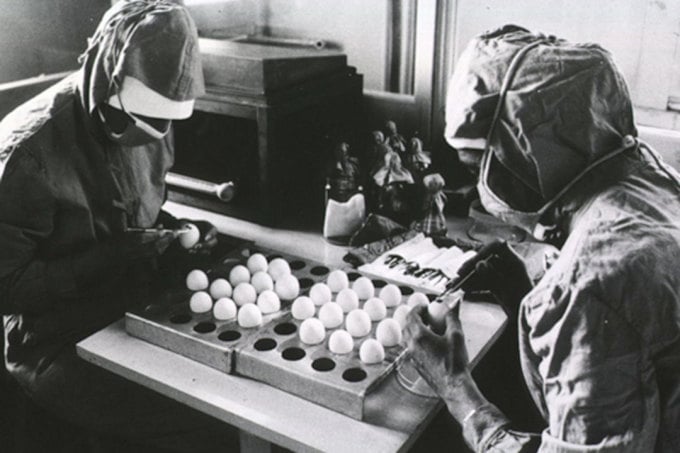
Preparing to produce measles vaccine from chicken egg cells. Photo: WHO
Trial and error
The principle of a vaccine is to use a natural agent, such as a weakened pathogen, to stimulate an immune response in the body. Therefore, "trapping" and cultivating the virus is a very important step.
However, scientists do not have a foolproof formula or a roadmap for weakening the pathogen so it can evolve into an antigen. They must constantly experiment and learn from mistakes.
The team began by growing the virus on amniotic membranes obtained from a nearby maternity hospital. Dr. Samuel L Katz, another member of the team, successfully replicated the virus after 24 attempts. "Enders further suggested that if the virus grew in human amniotic membrane cells, it might replicate in a similar environment," Katz wrote.
After about 13 tests on chicken egg cells, the group obtained a semi-experimental product and injected it into monkeys. As a result, the virus did not cause rashes, did not appear in the blood, and created neutralizing antibodies.
By 1958, the team had judged the vaccine fit for human testing. The first person to test it was a student at a public school for mentally retarded children, which was considered to be in a poor environment and prone to unusual outbreaks of infectious diseases.
Early trials have shown that Enders’ product works as a measles preventative. At a school for the mentally disabled, 23 children who were vaccinated later showed no symptoms of measles after an outbreak.
But the vaccination also caused serious side effects. Most of the children who received it developed fevers, and half developed rashes. "Some of the children had fevers so high that they had convulsions," recalled Dr. Maurice Hilleman, who ran Merck's viral and cell biology research lab and took over the Enders vaccine for further testing, manufacturing, and commercial distribution.
So scientists have not created a vaccine, only protection against infection. To have a vaccine, the antigen needs to be very effective and safe for the human body, and further research is needed. Hilleman is an excellent scientist, suitable for this job.
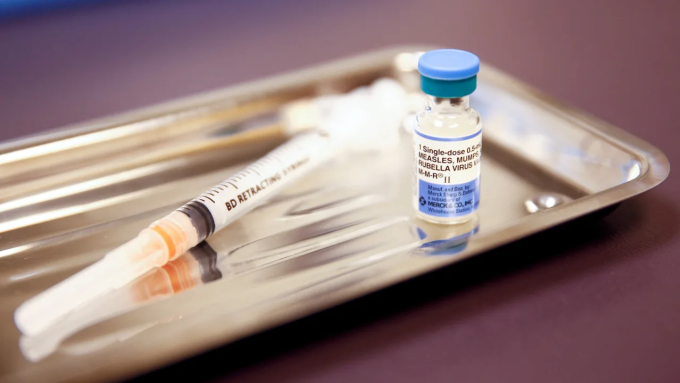
Current measles-mumps-rubella vaccine. Photo: Reuters
Hilleman invited a pediatrician to study gamma globulin (the part of the blood plasma that contains antibodies). By 1962, the team determined that injecting small amounts of gamma globulin at the same time as the Enders shot significantly reduced the side effects of the vaccine. As a result, 85% of vaccinated children had fevers without immunoglobulins, while only 5% had a temperature increase after the injection.
However, this still made vaccination and distribution difficult. Hilleman continued to improve the Enders strain, testing it 40 more times in chicken embryo cultures. The fully softened antigen, still used today, was released to the market in 1968. By 2000, measles had been eliminated in the United States.
But by the late 2010s, the anti-vaccination campaign was in full swing, with new virus outbreaks popping up across the United States and drawing attention from the unvaccinated.
David Edmonston, now 70, says he regrets not vaccinating his children. He recalls his bout with measles, the fever, the confusion, the rash, and the researcher who came to the clinic, giving him the chance to make his mark in science and protect millions of children around the world.
Edmonston said it was "disgraceful" to learn that measles cases were on the rise again, as New York declared a public health emergency over the preventable virus.
Today, more than 80% of children worldwide are protected by receiving at least one dose of measles vaccine. According to the World Health Organization (WHO), vaccines saved an estimated 17.1 million lives between 2000 and 2015.
Chile (According to Gavi, ScienceDirect )
Source link






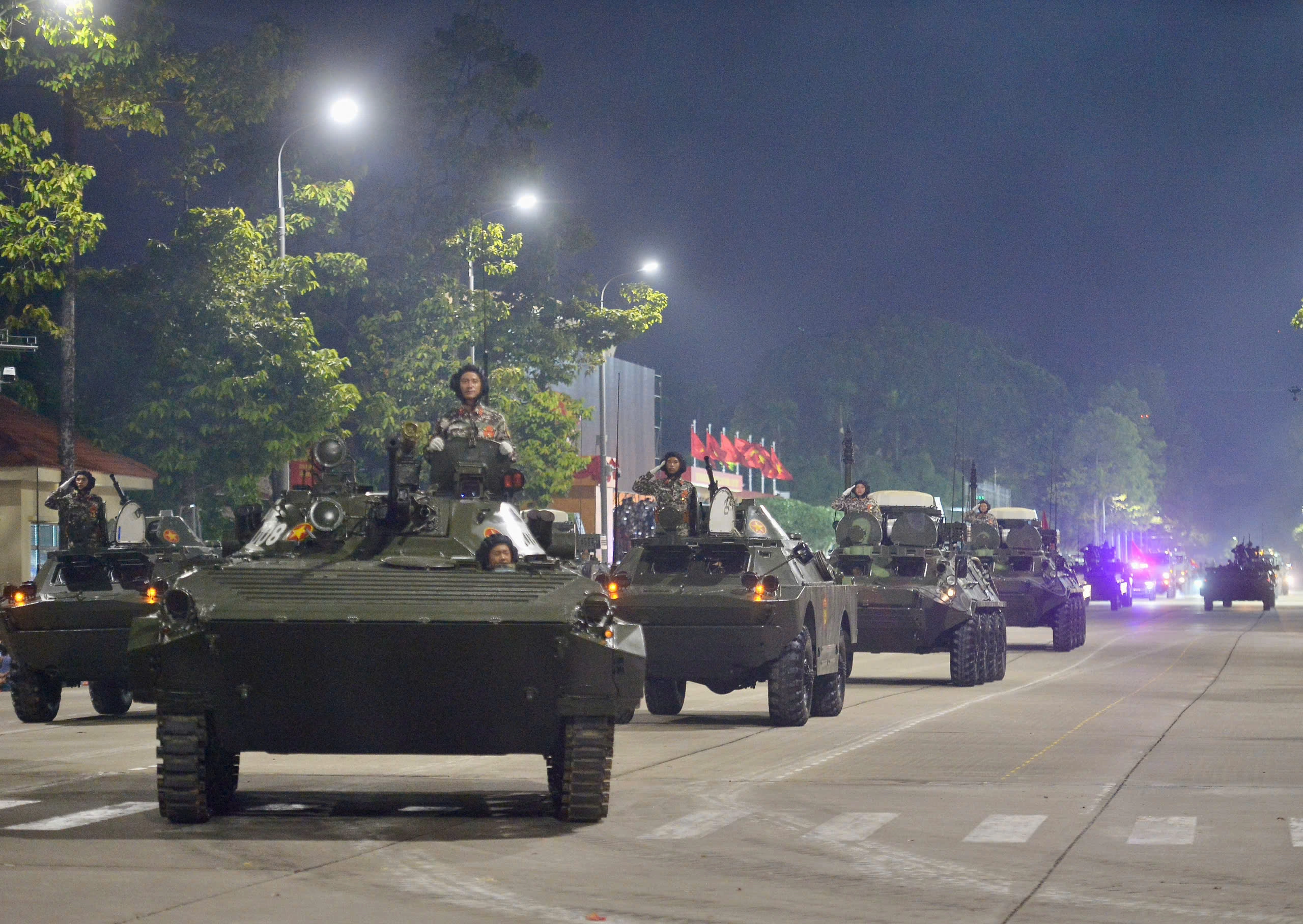




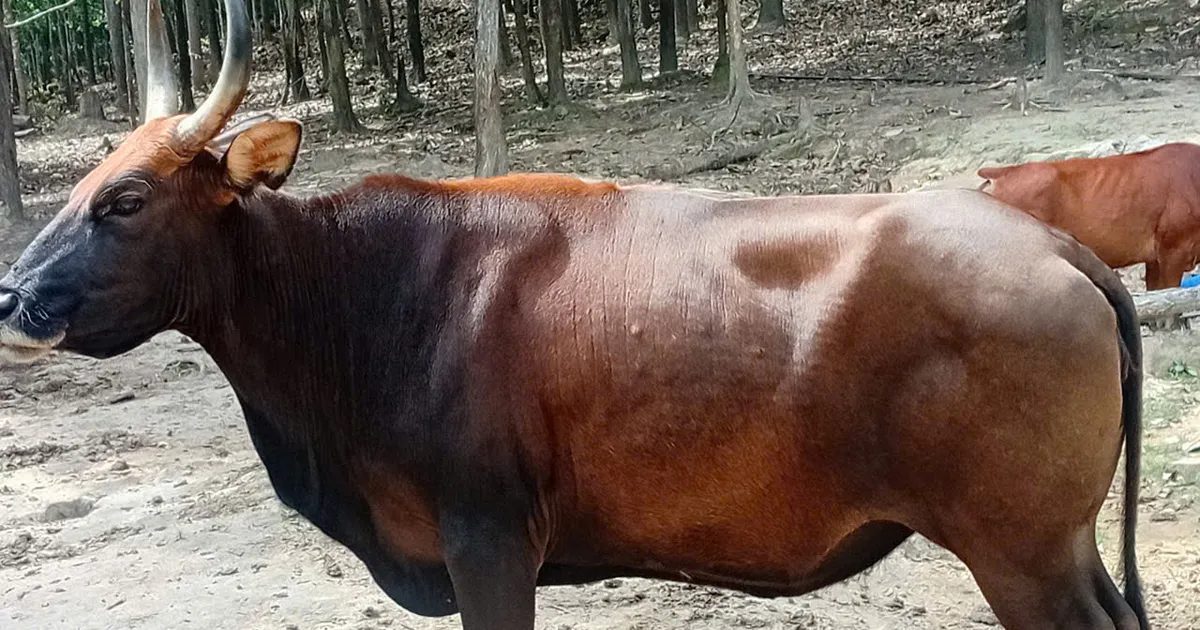





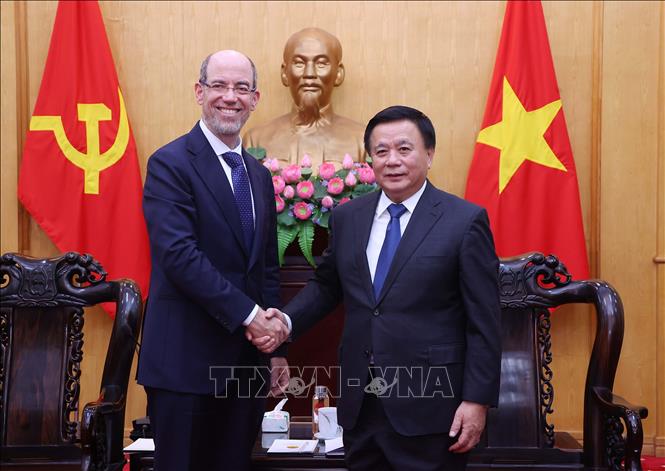

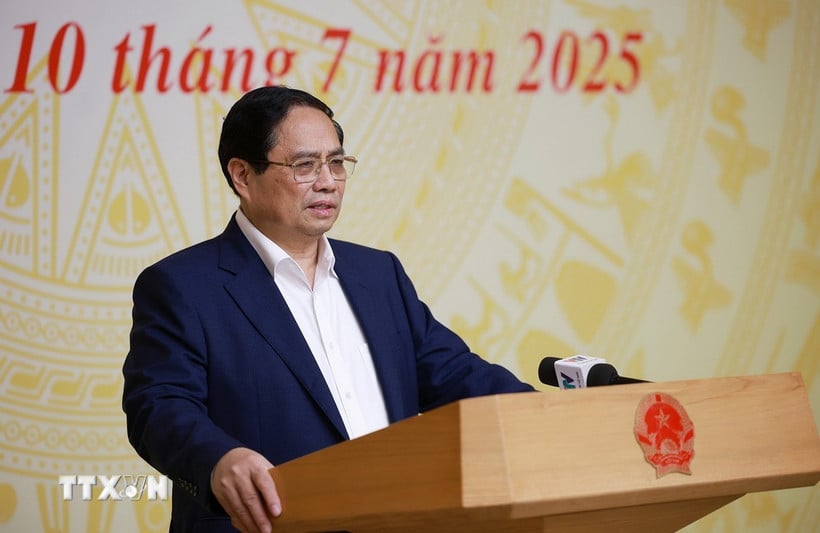



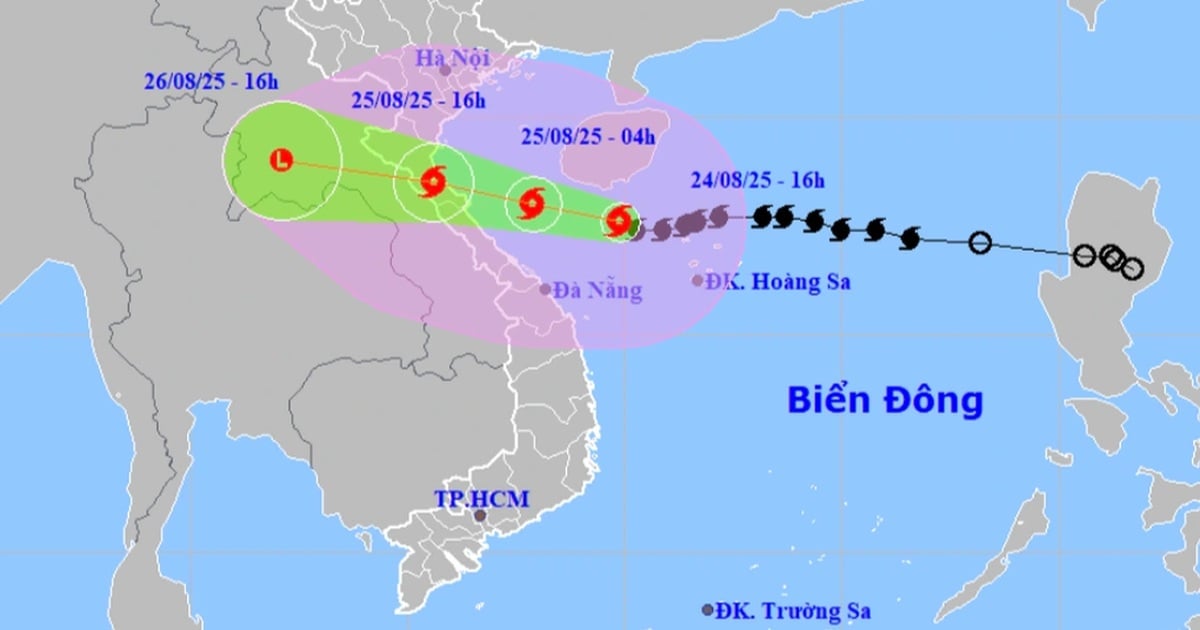

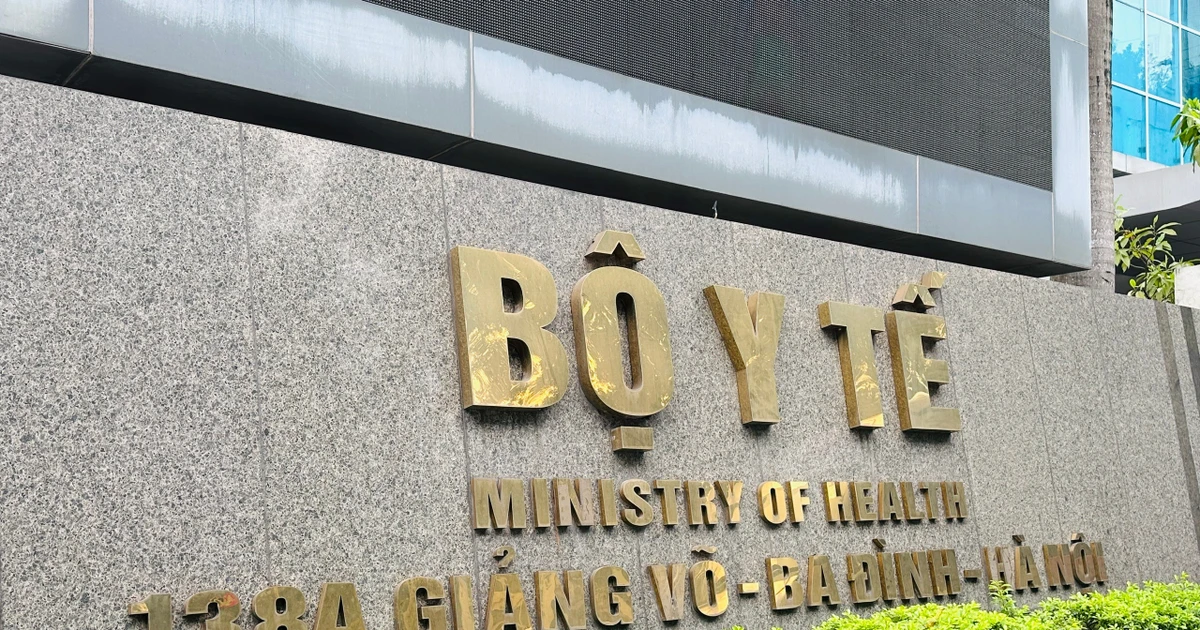



















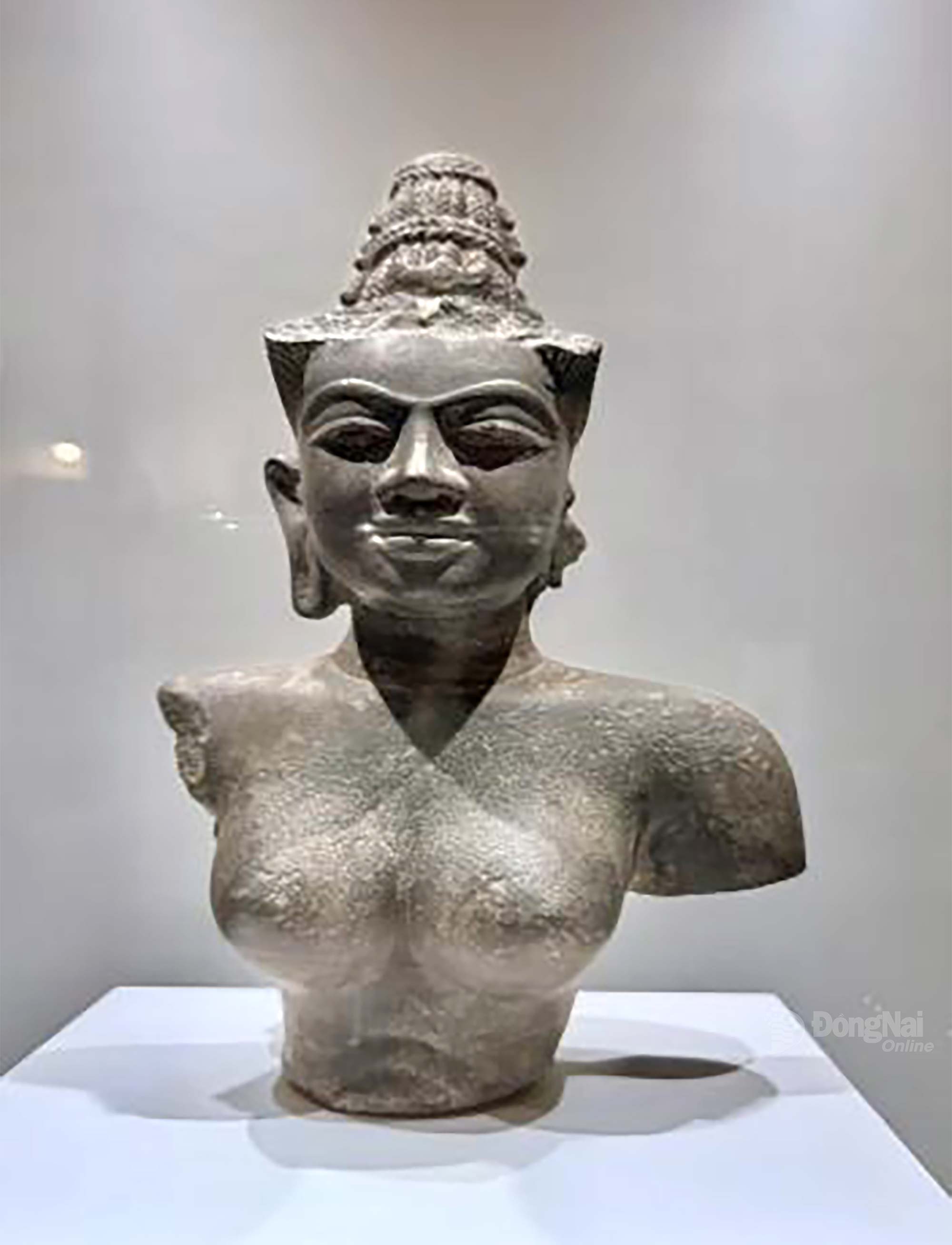








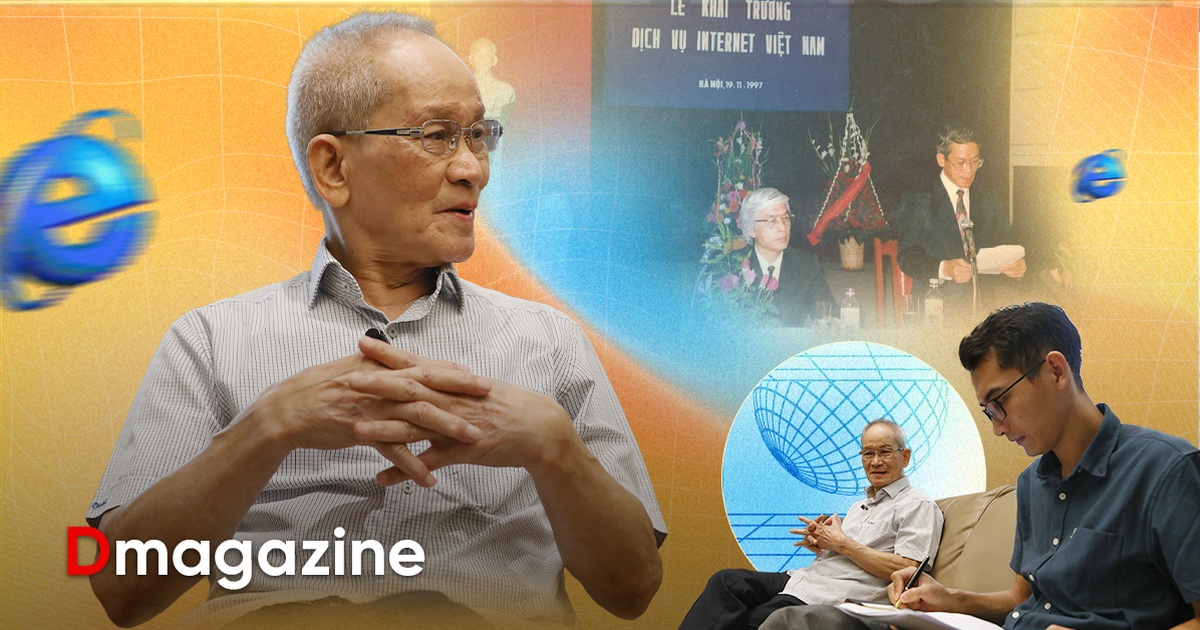

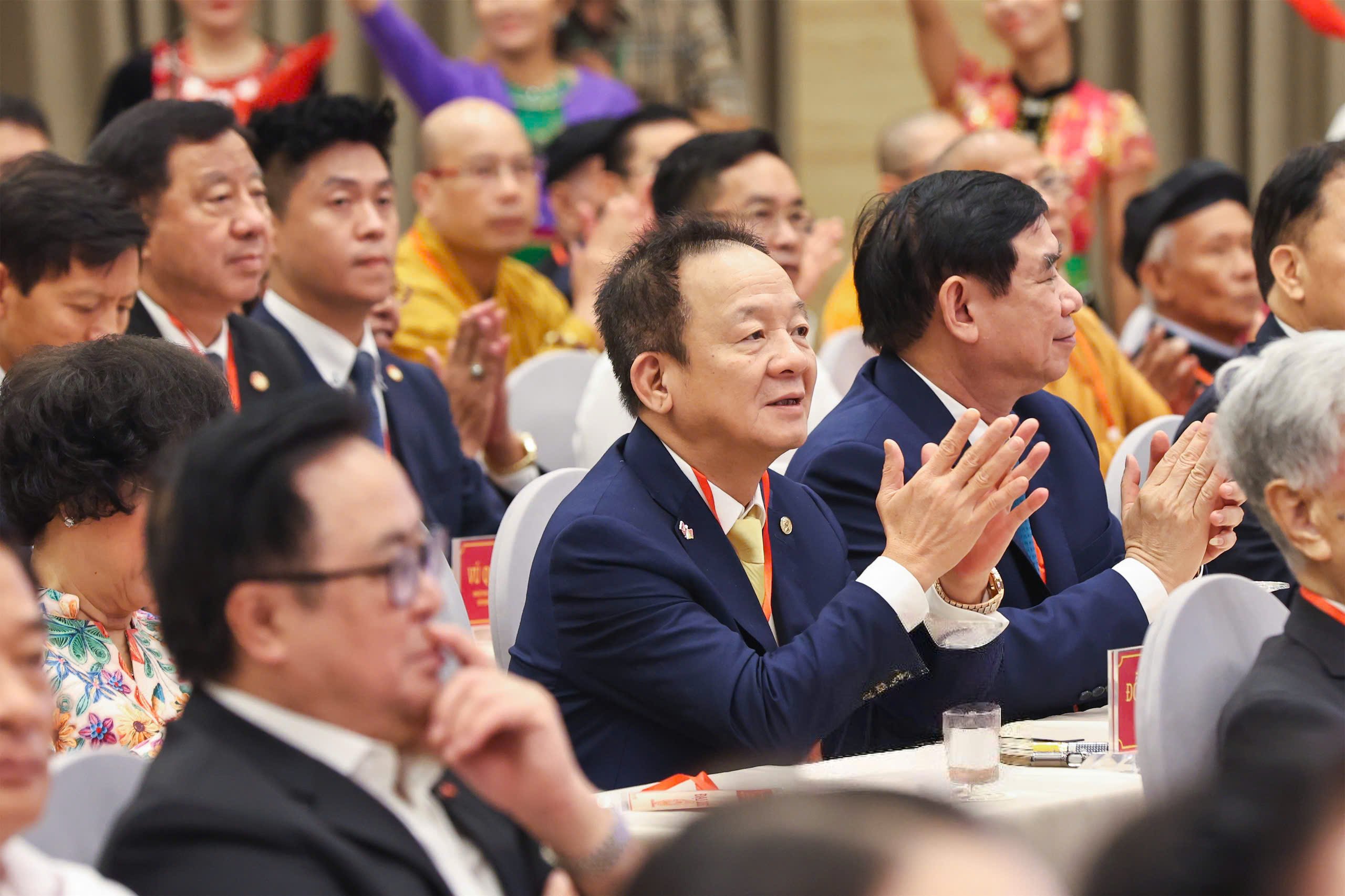












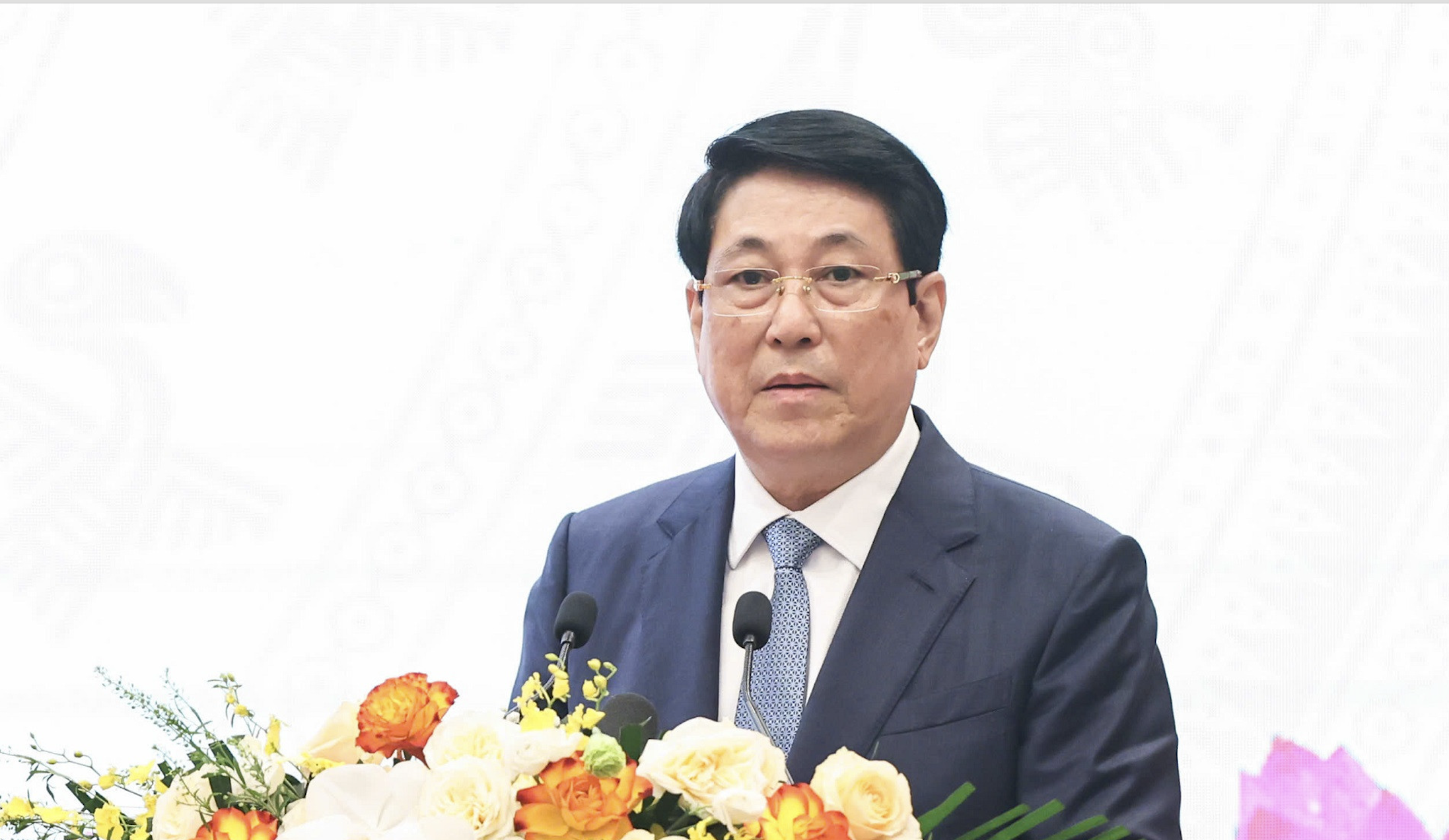


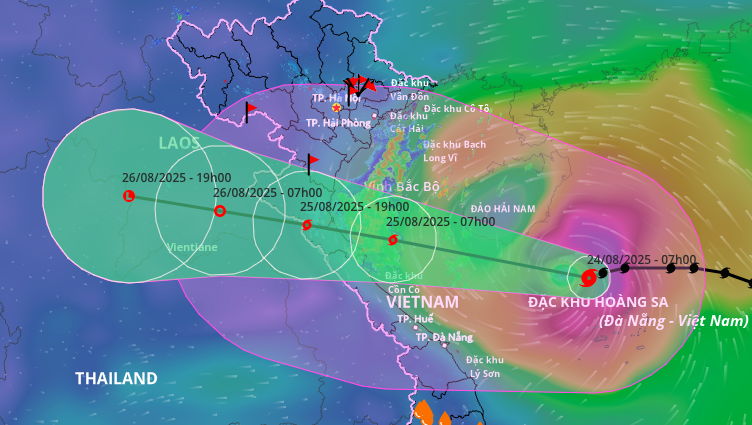







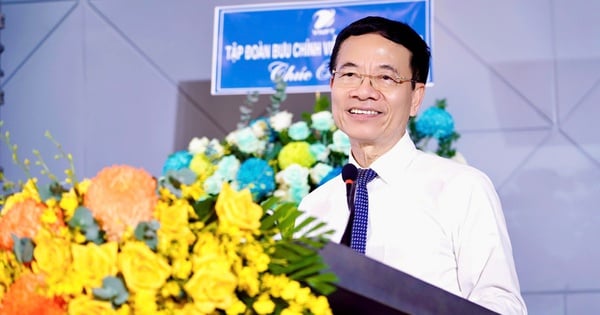






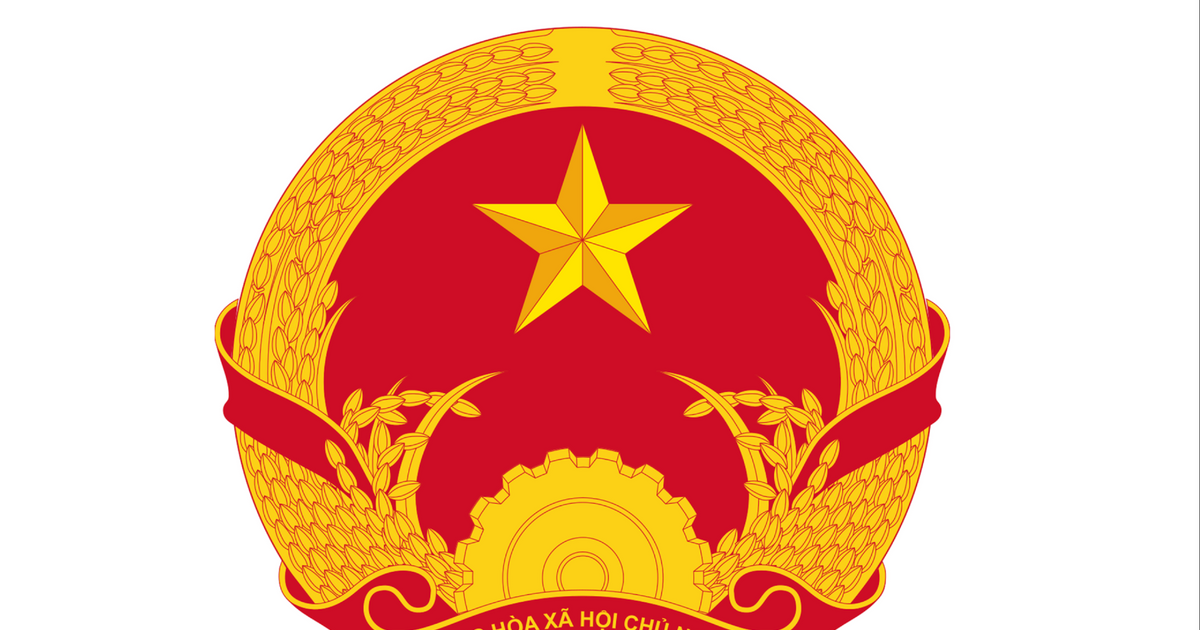
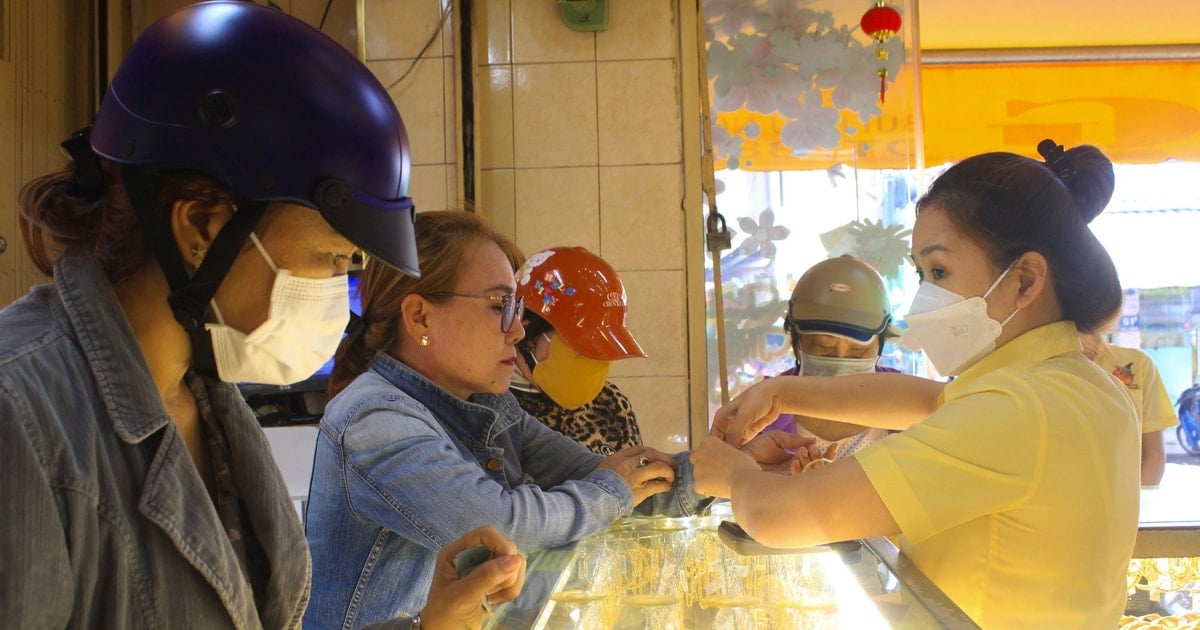



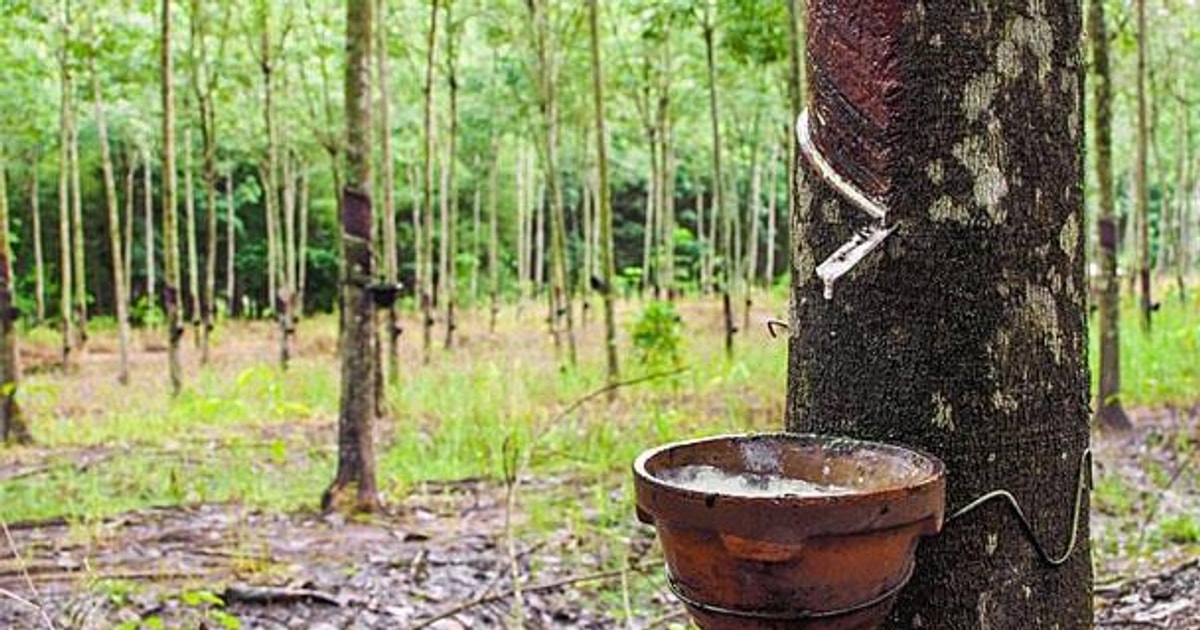


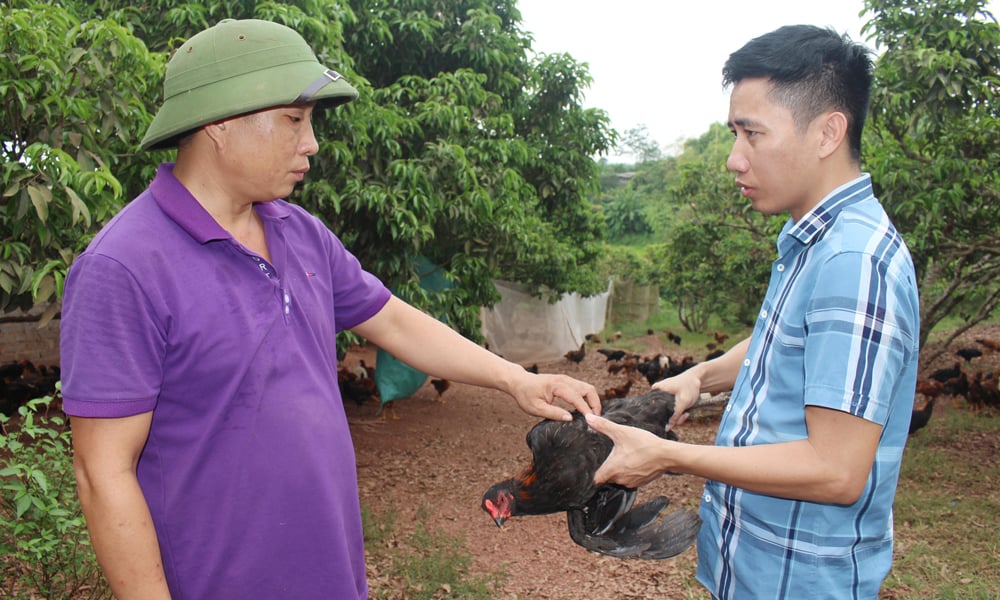











Comment (0)